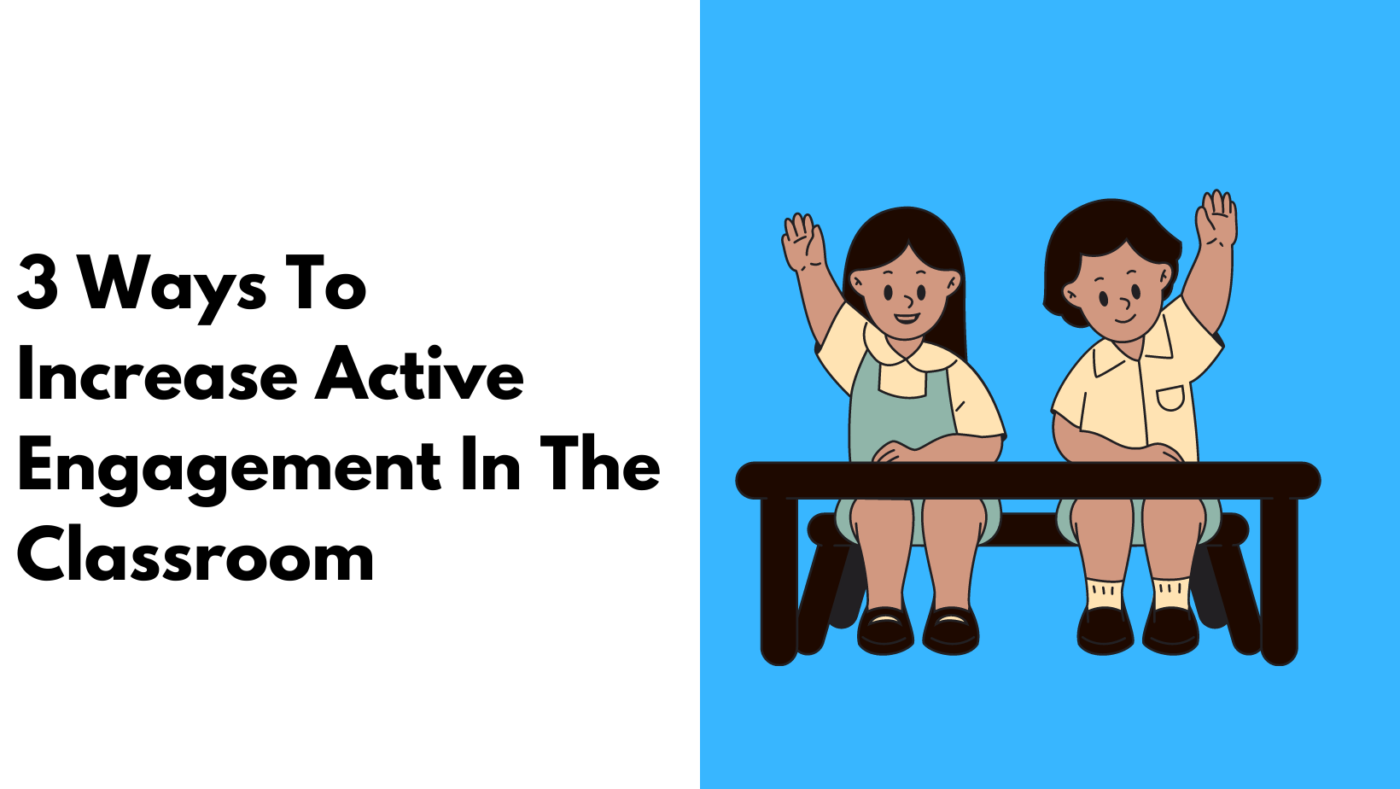The role of a teacher is constantly changing and evolving, but one thing that remains constant is the need to ensure students are actively engaged in their learning. Active engagement encourages students to develop critical thinking skills, work collaboratively with others, and be creative in their approach to problem-solving. Today, we will explore 3 ways on how you can encourage active engagement in your classroom.
- Set realistic goals for your students
One way to encourage active engagement in the classroom is by setting realistic goals. Goals provide students with a benchmark to measure their progress and accomplishment. They also help create focus and direction for students, allowing them to stay on track and remain engaged throughout their learning journey. When creating goals for your students, make sure to provide clear expectations and a timeline for when you expect them to be achieved. This will ensure that your students have a goal to work towards, which can increase their motivation levels and keep them actively engaged in their learning.
2. Provide meaningful feedback
Another effective way of encouraging active engagement in the classroom is through providing meaningful feedback. Feedback is an important tool when it comes to developing knowledge, skills, and understanding in students. It helps guide them through the learning process and helps keep them focused on areas of improvement. Feedback should focus on specific successes and failures, as well as areas that need further exploration or development. Additionally, teachers should strive to offer timely feedback so that it remains relevant to the student’s progress throughout the learning journey.
3. Encourage collaboration
The last strategy to encourage active engagement in the classroom is by fostering collaboration among students. Collaborative learning provides an opportunity for teams of students to work together towards solving complex problems or exploring new ideas together. It encourages critical thinking skills while developing important communication skills like teamwork and problem-solving techniques. As a teacher, there are many ways you can facilitate collaborative learning opportunities within your classroom such as group projects or debates over topics related to your subject matter.
In conclusion, encouraging active engagement in the classroom is an important part of creating a successful learning environment. By setting realistic goals, providing meaningful feedback and fostering collaboration among students, teachers can ensure that their students stay engaged throughout their journey. Implementing these strategies will not only benefit your students but also help you create an enjoyable teaching experience for yourself! With these strategies under your belt, there’s no limit to what both you and your students can achieve together!

